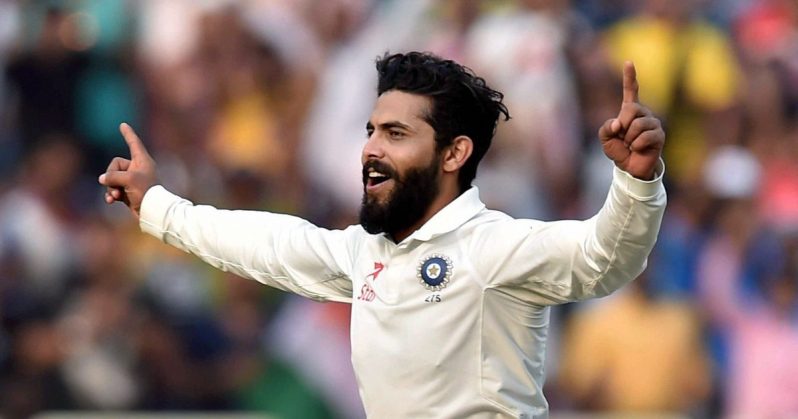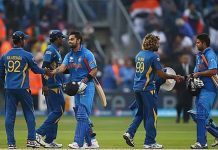Lyon To Jadeja: Top Most Wicket-Takers In WTC In Between 2021-2023
Welcome to an exciting cricket journey as we delve into the extraordinary performances of the top 10 wicket-takers in the World Test Championship (WTC) cycle of 2021-2023. Over this period, we witnessed some exceptional bowlers leaving an indelible mark on the prestigious tournament, showcasing their skills, determination, and ability to dismantle batting line-ups. Bowlers play a pivotal role in Test cricket, often being the architects of victory. Their ability to consistently take wickets and restrict the opposition’s scoring rate is crucial in setting up a strong position for their team. Bowlers play a pivotal role in Test cricket, often being the architects of victory. Their ability to consistently take wickets and restrict the opposition’s scoring rate is crucial in setting up a strong position for their team. These elite cricketers rose to the occasion, leaving cricket fans in awe with their relentless pursuit of wickets and the artistry with which they executed their craft. Join us as we celebrate these outstanding talents, reliving their memorable contributions to the WTC cycle of 2021-2023, and appreciating their significant impact on the game of cricket.
1. Nathon Lyon
Nathon Lyon is the highest wicket-taker in this WTC cycle. He picked up 88 wickets from 20 matches he has played. He has 1 10-wicket haul and 5 5-wicket hauls in this cycle. 11/99 is his best bowling figure in WTC 2021-23. He has been a crucial member of the Australian Test team since his debut. Lyon has achieved significant milestones, including surpassing 400 Test wickets. Lyon has a reputation for performing well in challenging conditions, both at home and overseas. He is often referred to as the “Garry” by his teammates and fans. He bowled 193 maidens.
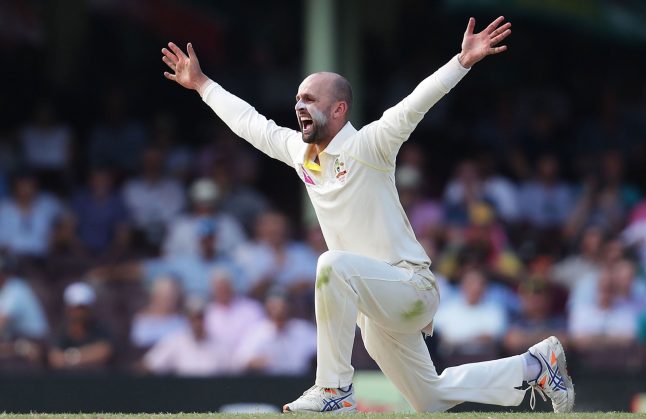
2. Kagiso Rabada
Rabada has 67 wickets to his name. He has averaged 21 with the ball and has 3 5-wicket hauls. Rabada is renowned for his ability to generate significant pace, regularly clocking speeds above 140 km/h and occasionally touching the 150 km/h mark. His raw speed puts pressure on batsmen and creates opportunities for wicket-taking deliveries. Rabada bowls with a fierce and aggressive demeanor. Standing at a height of 6 feet 3 inches Rabada extracts steep bounce from the surface, especially on lively tracks. The extra bounce he generates poses a significant challenge for batsmen, as it can lead to edges and mistimed shots.

3. Ravichandran Ashwin
Ashwin picked up 61 wickets from just 13 matches in this WTC cycle. His excellent economic bowling with an economy of 2.4 kept the opposition silent. He bowled 112 maidens. An average of 19 with the ball shows his consistency and accuracy. Ashwin is known for his excellent control and accuracy. He consistently hits the right areas on the pitch, challenging batsmen’s defenses and forcing them into mistakes. Ashwin possesses a sharp cricketing mind and employs a strategic approach while bowling. He understands the strengths and weaknesses of batsmen and adjusts his line, length, and pace accordingly to exploit any vulnerabilities.
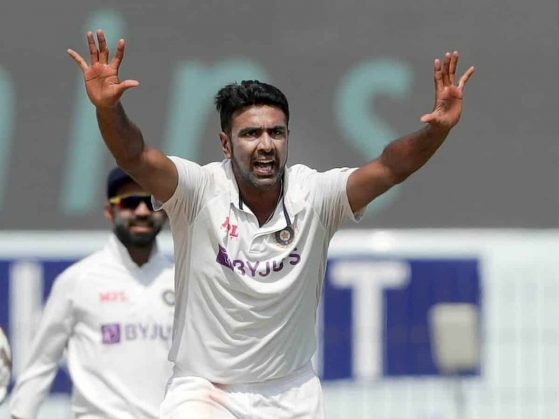
4. Jimmy Anderson
The Greatest English pacer in the whites has picked up 58 wickets in this cycle. He has the ability to generate significant swing both ways, making him a potent threat for batsmen, especially in English conditions. Along with swing, Anderson is adept at exploiting seam movement off the pitch. He can make the ball deviate off the seam, creating additional difficulties for batsmen in terms of both accuracy and movement. He bowled 153 maidens. Along with swing, Anderson is adept at exploiting seam movement off the pitch. He became the first fast bowler to take 600 Test wickets and holds the record for the most wickets by a fast bowler in the history of the game.

5. Pat Cummins
The Australian captain has 57 wickets to his name. Cummins possesses express pace, His sheer speed puts batsmen under pressure and allows him to generate bounce and discomfort. Cummins has the ability to move the ball off the seam, both in the air and off the pitch. He can generate late movement, making it difficult for batsmen to anticipate the trajectory and causing them to misjudge their shots. Cummins has the ability to move the ball off the seam, both in the air and off the pitch. He can generate late movement, making it difficult for batsmen to anticipate the trajectory and causing them to misjudge their shots.
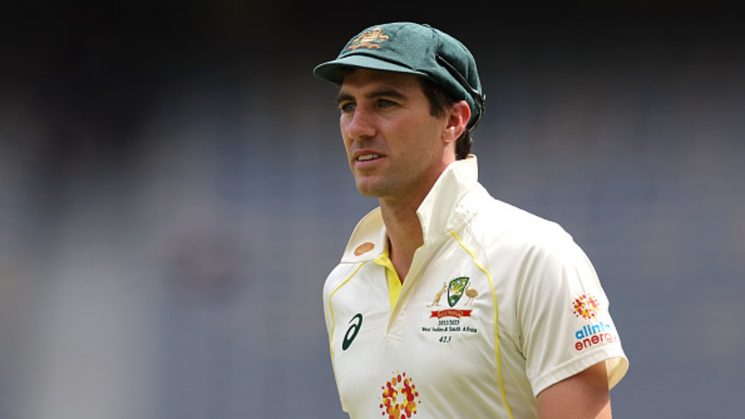
6. Mitchell Starc
The Aussie pacer has taken 55 wickets in the WTC cycle 2021-23. He has displayed a willingness to learn, improve, and compete at the international level. He has displayed a willingness to learn, improve, and compete at the international level. Starc possesses the ability to swing the ball both conventionally and in reverse. With the new ball, he can generate significant swing through the air, causing problems for batsmen. As the ball gets older, he becomes particularly dangerous with his reverse swing, often producing unplayable deliveries. His lethal combination of speed, bounce, and variation makes him a genuine threat to opposition batsmen and a key component of the Australian Test team’s bowling attack.
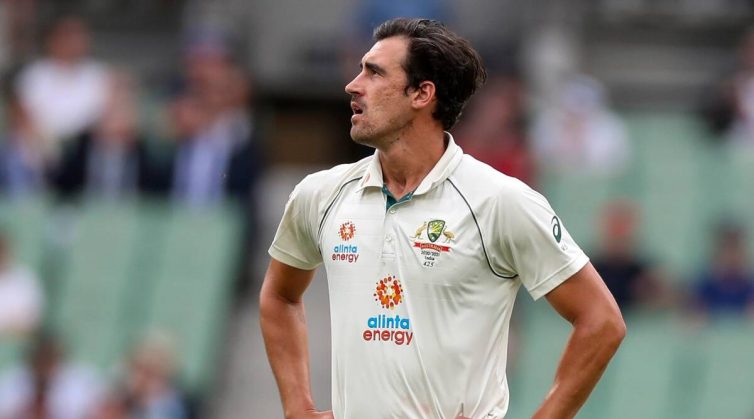
7. Ollie Robinson
Ollie Robinson is a young English cricketer who has made an impact as a fast bowler in Test matches. He made his Test debut for England in 2021 and has shown potential as a future leader of the bowling attack. He picked up 53 wickets with 3 5-wicket hauls to his name. Robinson possesses the patience and persistence required for Test match bowling. As a young Test bowler, Robinson is still gaining experience and honing his skills at the highest level. He has displayed a willingness to learn, improve, and compete at the international level.
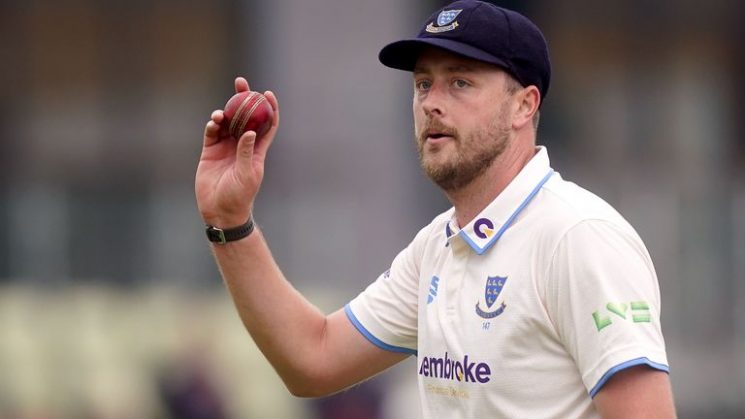
8. Tim Southee
Tim Southee has established himself as a key figure in the New Zealand Test bowling attack. He picked up 50 wickets in WTC Cycyle 2021-23. Southee is a skilled swing bowler who can also generate movement off the seam. Southee is a thinking bowler who understands the game well. He reads the batsmen’s weaknesses, adjusts his line, length, and pace accordingly, and sets up plans to exploit their vulnerabilities. He can adapt his strategy to different situations and conditions, showcasing his cricketing acumen. Southee possesses a range of variations in his bowling. He can bowl effective slower balls, cutters, and well-disguised bouncers.

9. Jack Leach
Leach bowls left-arm orthodox spin. Leach puts a good number of revolutions on the ball, allowing him to generate spin and deceive batsmen. His ability to impart spin on the ball gives him the opportunity to beat the bat, induce edges, or create uncertainties in batsmen’s footwork. Leach picked up 48 wickets in this cycle. He has bowled 161 maiden overs. Leach has good control over his flight and trajectory. He varies his pace and flight to make it challenging for batsmen to get settled and predict his deliveries.
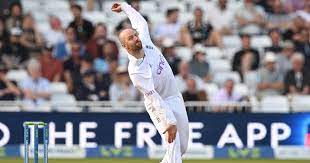
10. Ravindra Jadeja
Sir Ravindra Jadeja picked up 45 wickets in this cycle. Jadeja possesses the ability to extract sharp turn from the surface, especially on deteriorating pitches. He has a range of variations, including drift, dip, and subtle changes in pace, which make him difficult to read for batsmen. Jadeja has a remarkable ability to take wickets at crucial moments. Jaddu has bowled 103 maidens. He often breaks partnerships and dismisses key batsmen, providing important breakthroughs for the Indian team. Ravindra Jadeja played a vital role in the Indian team. He made significant contributions with both bat and ball, helping India reach the final of the WTC.
